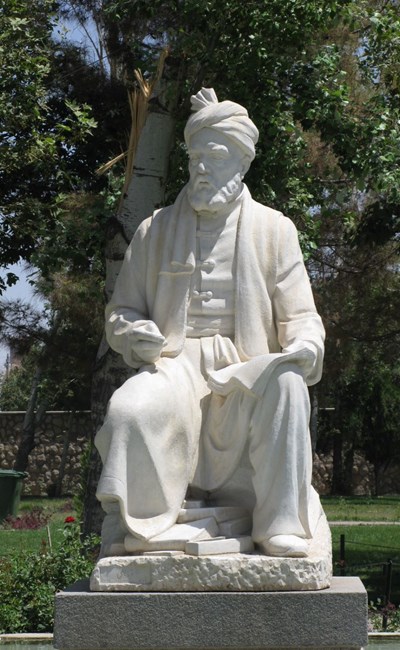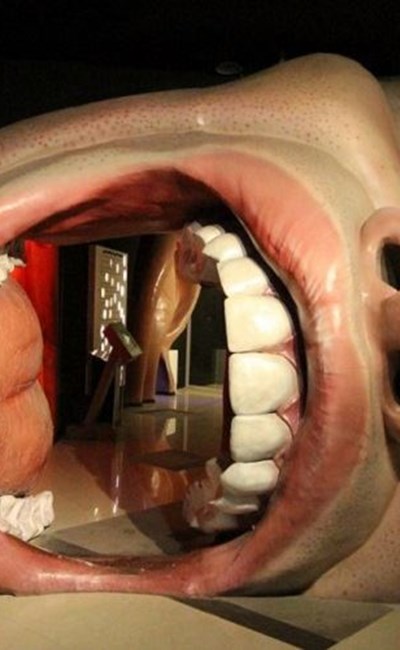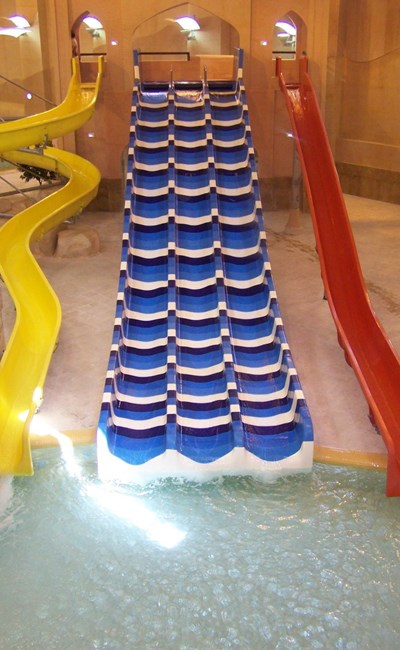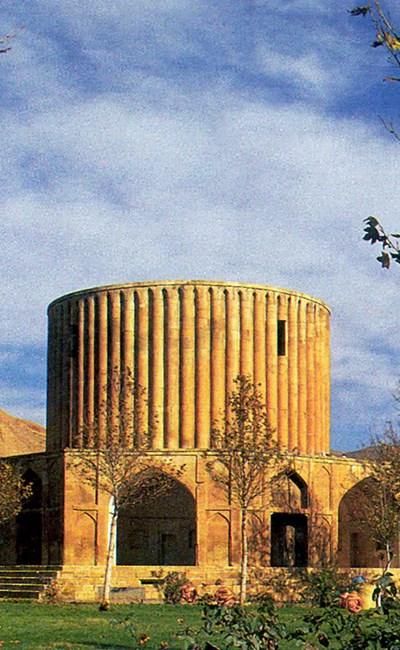Mausoleum of Ferdowsi

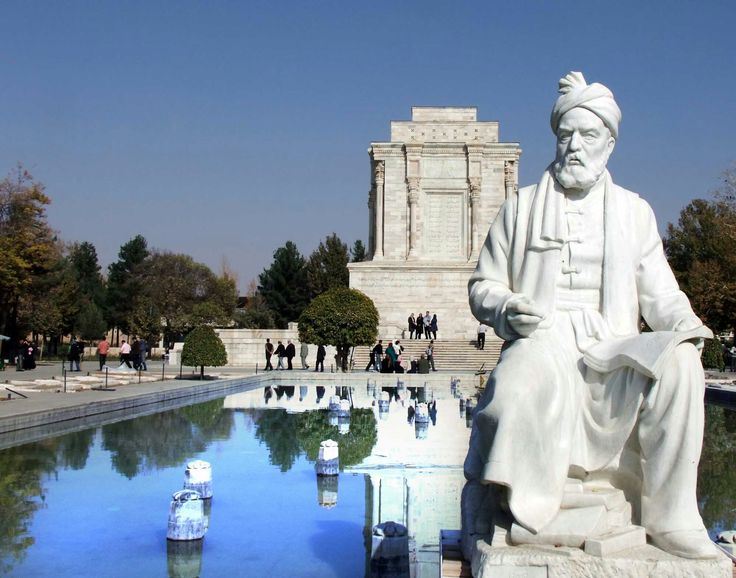
Tomb of Ferdowsi is a tomb complex composed of a white marble base, and a decorative edifice erected in honor of the Persian poet Ferdowsi located in Tus, Iran, in Razavi Khorasan province. It was built in the early 1930s,[1] under the Reza Shah, and uses mainly elements of Achaemenid architecture to demonstrate Iran's rich culture and history. The construction of the mausoleum as well as its aesthetic design is a reflection of the cultural, and geo-political status of Iran at the time.
Background
Ferdowsi, the influential Persian poet and author of the Persian epic, Shahnameh died in 1020 AD in the Tus, Iran (Persia), in the same city in which he was born.[2] For all his literary contribution, Ferdowsi was not recognized during his life. It was only after his death that his poems won him admiration. For hundreds of years, his resting place was nothing more than a minor dome-shrine erected by a Ghaznavid ruler of Khorasan, without any permanent edifice in place in the garden of his house where Ferdowsi's daughter had originally buried him.[3] In the beginning years of the 20th century Iran started to realize his critical role in defining the identity of Iran.
It was not until 1934 that the Iranian government, then under the control of Reza Shah, first king of the Pahlavi dynasty, recognized the cultural and literary value of Ferdowsi and erected a permanent tomb in his honor.[3] A millennial celebration was also held for the poet, to which were invited scholars from several countries, including Soviet Tajikistan, India, Armenia, and Europe (Germany, France, England). Funds were collected, mainly donations from Parsi scholars, to enable the building of a statue for the poet at his tomb site.[clarification needed] The Pahlavi family used Ferdowsi to advance Iran's cultural prestige, but in doing so nearly cost Ferdowsi his tomb since, after the Islamic revolution, frustrations with the Shah of Iran nearly led to destruction of the tomb by the revolutionaries.
The tomb was originally designed by the Iranian architect, Haj Hossein Lurzadeh who aside from Ferdowsi's tomb also created some 842 mosques, as well as the private palace of Ramsar, part of the decoration of the Marmar palace, the Imam Hossein Mosque in Tehran, the Motahari Mosque, and various parts of the Hazrat-i-Seyyed-o-Shouhada shrine in Karbala, Iraq. The present design of the structure is credited mainly to Karim Taherzadeh, who replaced the old dome-shaped design by Lurzadeh with a modern cubical design.
Ferdowsi's tomb, which resembles the tomb of Cyrus the Great, is built in style of Achaemenid architecture. There is a clear link between this choice of architectural style and the politics of Iran at the time. Four years before Reza Shah came to power in 1922, a group of secular Iranian reformists had created the "Society for National Heritage" (SNH, or in Persian anjoman-e asar-e meli).[7] Composed mostly of western-educated, pro-reform intellectuals such as Abdolhossein Teymourtash, Hassan Pirnia, Mostowfi ol-Mamalek, Mohammad Ali Foroughi, Firuz Mirza Firus Nosrat al-Dowleh, and Keikhosrow Shahrokh, the SNH was critical in obtaining the funds from the Iranian parliament.[7] Keikhosrow Shahrokh, Iran's Zoroastrian representative to the Iranian parliament, was particularly active in reviving Achaemenid and Sassanid architecture in Iran in the 1930s.

